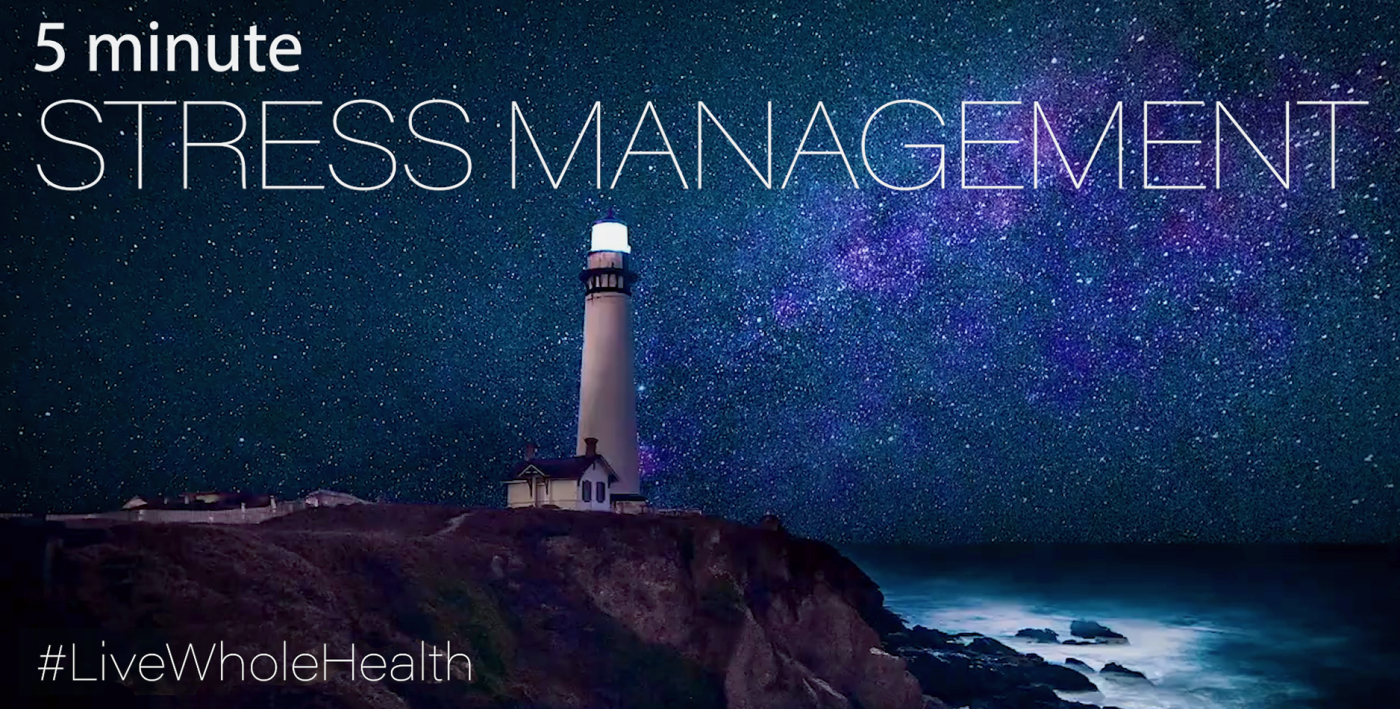Breast cancer is the second most common cancer in women and can also affect men. The National Cancer Institute (NCI) estimates that 281,550 people will be diagnosed with breast cancer this year alone.
Risk factors for breast cancer include:
- Aging
- Mutations in BRC1 and BRC2 genes – which help to repair cell damage and keep breast and other cells to grow normally
- Early menstruation (before age 12)
- Late menopause (after age 55)
- Having dense breast tissue
- Personal history of breast cancer or certain other breast disease
- Family history of breast or ovarian cancer
- Previous radiation therapy to the chest or breasts
- Use of the drug diethylstilbestrol (DES DES is a nonsteroidal estrogen medication that was given sometimes during pregnancies before 1971).
Lowering the risk
Although none of these things can be changed, there are things you can do to help lower your risk for breast cancer. These include:
- Not Drinking Alcohol: In June of last year, the American Cancer Society released updated guidelines which included a recommendation that it is best to avoid alcohol. If alcohol is consumed, a limit of one drink per day for women or two drinks per day for men is recommended.
- Maintaining a Healthy Weight: Check out the CDC’s Assessing Your Weight site on how to assess your weight or contact your medical provider to discuss what a healthy weight for you is. If you are interested in weight loss, check out VA’s MOVE! Weight Management Program! This program helps you understand ways to modify your nutrition and activity to see long-term weight loss. To enroll, contact your VA primary care provider or nutrition department.
- Getting Enough Exercise: It is recommended that adults complete 150-300 minutes of moderately intense activity or 75-150 minutes of vigorous activity each week. According to the CDC, a good way to measure the intensity of your physical activity is to use the talk test. If you can talk but not sing during your activity, then it can be considered moderate activity. If you can only say a few words at a time during your activity without taking a breath, then you are performing vigorous activity. If you have not been very active recently, adding a brisk walk around your neighborhood a few times per week can be a great start. Consult your health care provider to determine what level of activity is right for you.
- For mothers, breast feeding, if able, also reduces your risk of breast cancer.
In addition to these modifiable risk factors, it is also important to complete recommended breast cancer screenings.
The United States Preventative Services Task Force recommends that women ages 50-74, who have an average risk for breast cancer, get a mammogram every 2 years. All women should talk to their health care provider about appropriate screenings for them.
Symptoms of breast cancer include lumps in the breast or armpit, swelling, irritation, dimpling of the breast skin, redness or flaky skin on the breast, pulling in of the nipple or pain the in the nipple area, abnormal discharge, change in size or shape of the breast, or pain in the breast. If you have symptoms that concern you, it is important to talk with your health care provider.
Resources
Another great resource is your VA dietitian. They can help you find ways to adopt healthy habits, like establishing a healthy meal plan or exercise routine. Reach out to your local VA to learn more about participating in our MOVE! weight management program or TeleMOVE! (virtual) program
Set up an appointment to work one-on-one with a dietitian to build a personalized nutrition plan to help reduce your risk of cancer and support overall well-being.
Topics in this story
More Stories
Army Veteran Denis Velez donated a painting of his VA hospital as a way of giving back for his treatment there.
Ron Anderson's story of being caregiver for his father in his final years is a journey of love and duty.
Ignoring challenging emotions can negatively impact our health. Breathe through worry, anger and sadness in 5 minutes with this week's #LiveWholeHealth practice.








DES was given beginning in the late 1940s to three to six million women in the U. S. and others abroad. Though it was banned in 1971, it is very likely to have been given after that. 1971 is not an ironclad cutoff date. Thank you for mentioning it. It is a risk that is still with us. See DES Action for more info.